The 2017 Richey Medal of the Royal Institute of Navigation was awarded to a team of the University Politehnica of Bucharest, Faculty of Aerospace Engineering. The medal is awarded annually for the best scientific paper published in the previous year in the Journal of Navigation, Cambridge University Press, on the basis of the vote of the researchers and specialists of the field. The Romanian team consists of Octavian Thor Pleter, Cristian Emil Constantinescu and Barna István Jakab.
His Royal Highness Prince Philip Duke of Edinburgh awarded the distinction in the General Assembly of the Royal Institute of Navigation, held at the Royal Geographical Society, London, on 18 July 2017. It is a recognition of the Romanian aerospace engineering school. It was an emotional moment, and the fact that HRH will retire from public life made it even more so.
Octavian Thor Pleter, who leads the team who wrote the article ”Reconstructing the Malaysian 370 Flight Trajectory by Optimal Search”, had the following comment:
”MH370 is perhaps the greatest mystery of our time. The Royal Institute of Navigation and the Journal of Navigation led the engagement of scientists into this sensitive and challenging subject. The Chris Ashton team’s paper[1] (which got the Richey medal last year) was so creative, so brilliant, and so inspiring, probably one of the greatest and highest ranked scientific papers.
Scientific research should leave the confort zone of abstraction and get engaged in socially relevant topics, such as this mystery. Michael Richey himself is an example of a courageous scientist, with a pragmatic approach, confronting reality, sometimes taking liability for research. This is the problem-solving kind of science that we follow.
A real problem is like a hologram. It touches many disciplines, it contains in a small sample the whole complexity of the world. If we specialize too deeply, too narrowly, problem-solving science gets harder. That is why we try to keep learning various subjects, we foster our curiosity and we try to be multidisciplinary.
We see this medal as a recognition of the scientific research at the Faculty of Aerospace Engineering of the University Politehnica of Bucharest, Romania, where we belong.
We are very grateful to the Journal of Navigation editor and peer reviewers of our paper, to the Royal Institute of Navigation for this reward.
We worked for one year and a half to make these calculations, and we trust they are right and indicate the area where the MH370 wreck will be found. We were surprised that the search was suspended before the area we calculated being fully covered.”
[1] The Search for MH370 by Chris Ashton, Alan Shuster Bruce, Gary Colledge and Mark Dickinson (Inmarsat) (Email: chris.ashton@inmarsat.com)
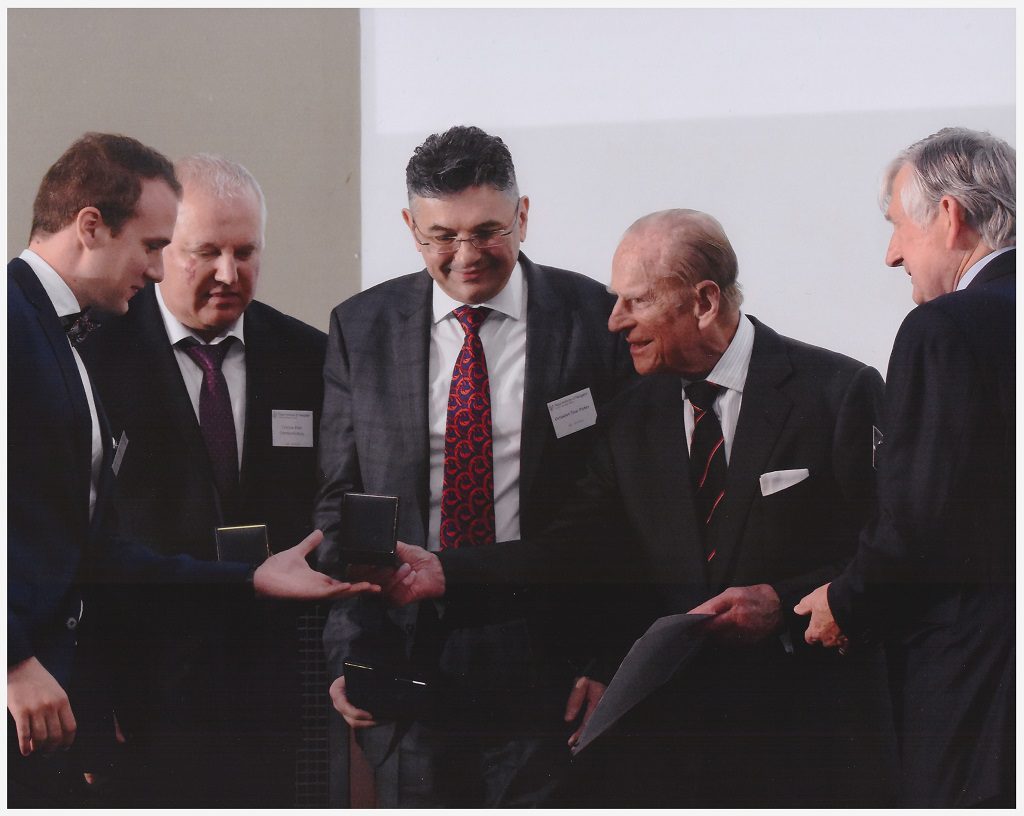
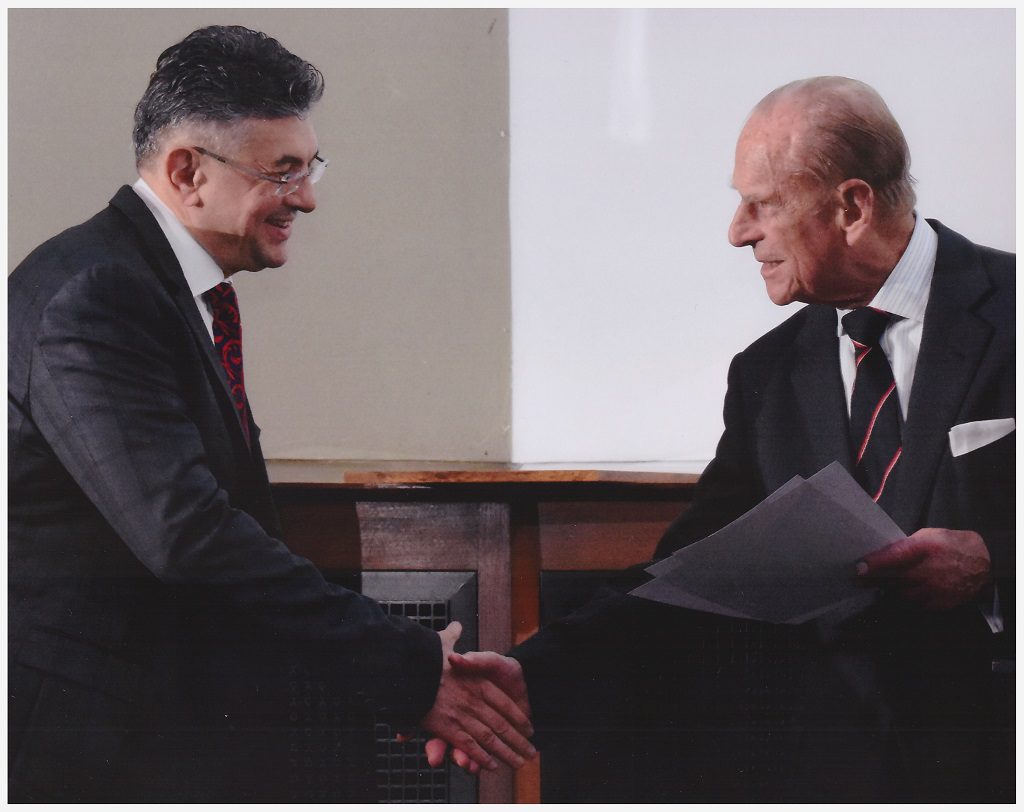
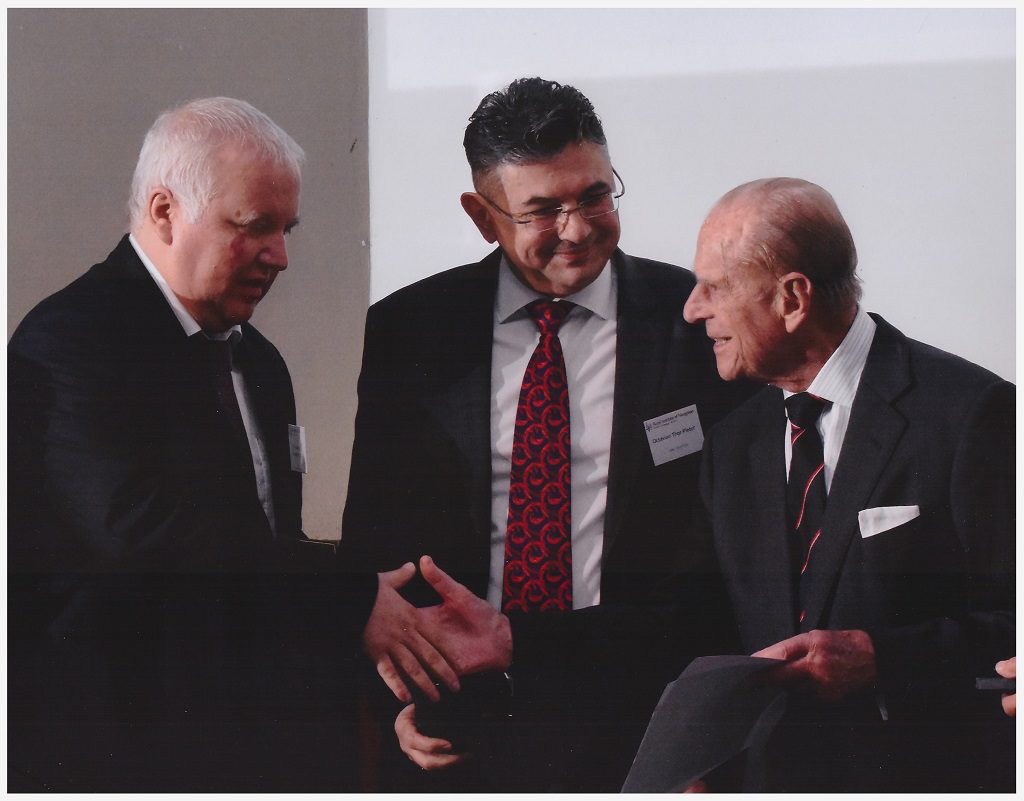
Fulbright Student Award
The program Fulbright Student Award has opened for the UY 2019-2020. The program targets Romanian students and doctoral students who are interested to study master programs or doctoral research (non-degree) in the United States. <Info Sheeti> Corina...
Air Navigation Convention 2018
Air Navigation Convention 15th -16th of March 2018 Reaching its 9th edition, the Air Navigation Convention is an important event organized by students of the Air Navigation Department of the Faculty of Aerospace Engineering. Everything starts from the desire to...
E-SGAC Bucharest 2018
Photo: www.esa.int Prof. Dr. Kai-Uwe Schrogl, Chief Strategy Officer at the European Space Agency (ESA) addressed the young community of the space generation at the 3-rd European Space Generation Workshop (SGAC), which took place in Bucharest, on 9-10 March...
Private Pilot Licence SSAvC Scholarships
Courtesy of Eng. George Barbu, CEO of the Aviation Academy and Alumnus of the Faculty of Aerospace Engineering, we announce this opportunity: On the occasion of the Great Union Centenary, as a sign of gratitude for the values that the Faculty of Aerospace...
Faculty Story
The story of the Faculty of Aerospace Engineering is mainly the story of its students. Daniela Andrioaie is a 3rd Year student of the Faculty of Aerospace Engineering, Aeronautical Constructions program of studies. She came to this faculty from a pretty long distance,...
Openings at Alten
The French company Alten located in Toulouse advertizes the following openings which match the profile of our graduates: - System Design - Electrical installation - Project management Contact data of Mr. Vincent Castanet, business...
Correct Rules Enforcing Re Evaluations and Resits
Note as of 14 May 2019: FAE-1 and FAE-2 rules have been repealed by Faculty Council Decision of 14 May 2019. Thus, all references to these rules below shall be ignored. The remaining recommendation will be maintained. Faculty Executive Board of FAE in the 24 January...
Job Opening at Bretigny
By courtesy of our Alumnus, Eng. Răzvan Mărgăuan, we invite our students, master students and fresh graduates to consider this job opening at the EUROCONTROL Experimental Center (near Paris) in domain of ATM Simulation and Modelling (including BADA). <Job...
Invitație în Asociația Alumni Politehnica Aerospace Engineering
We invite all our graduates, engineering, bachelor, master, advanced and doctoral studies to register in our Alumni Politehnica Aerospace Engineering Association. The Faculty of Aerospace Engineering gave the Romanian and World aviation an prestigious gallery...
114 Years of Aviation
Today in 1903: Wilbur and Orville Wright made four brief flights at Kitty Hawk, North Carolina, with their first powered aircraft. This photo was taken as Orville piloted the Wright Flyer on its first flight of the day, which lasted 12 seconds and covered 36 m (120...

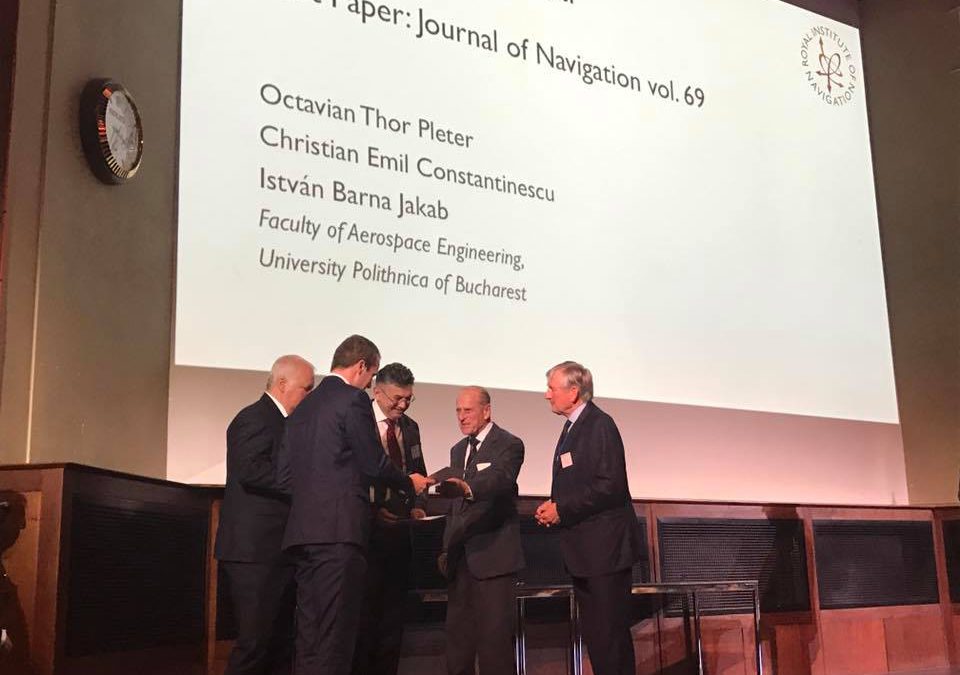
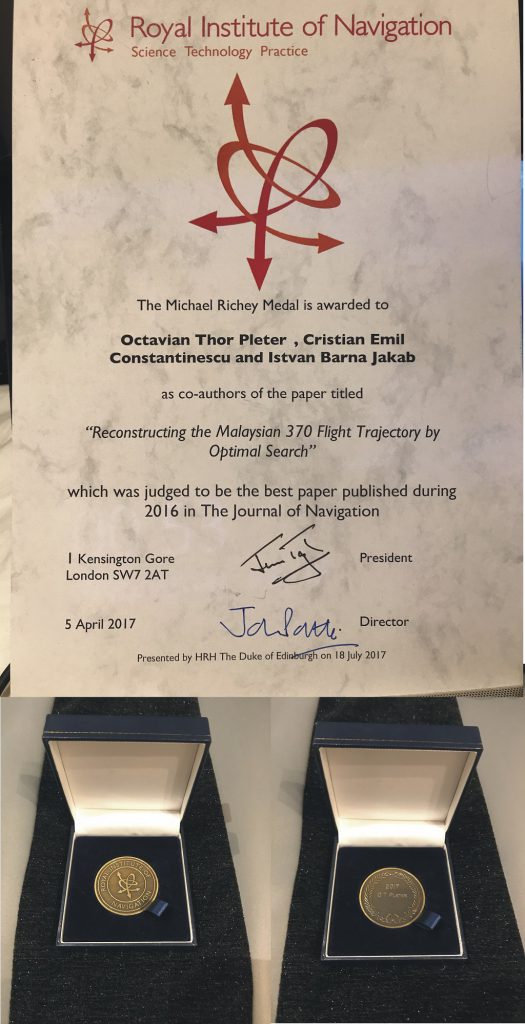
0 Comments